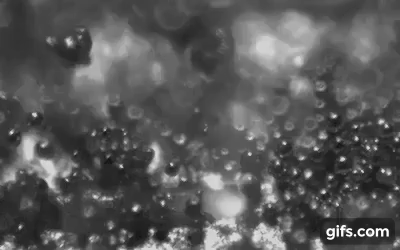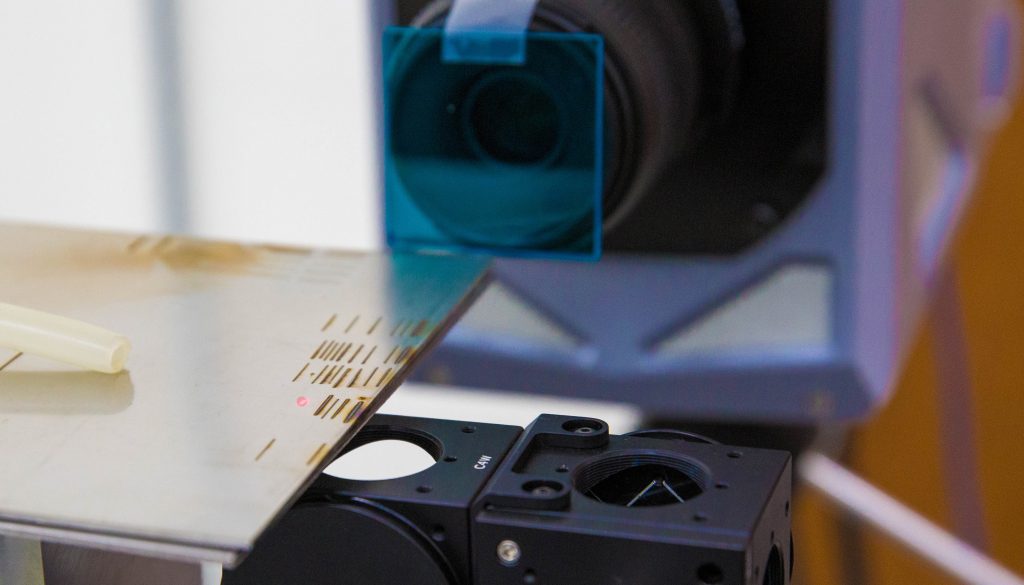Under a project funded by national 3D printing development partner America Makes, Lawrence Livermore National Laboratory (LLNL) is developing a commercial-grade, metal additive manufacturing system. Designed and built in collaboration with GE Global Research, the aim of the project is to develop a platform that could cut metal processing times in half.
A research-grade, open-architecture metal 3D printer developed with funding from the U.S. Air Force Research Laboratory (AFRL) is to be used as the foundation of this new commercial system. Currently, LLNL scientists are work with this early-stage system to characterize the causes of defects in 3D printed parts.
Flaw detection in 3D printers
LLNL’s multi-beam 3D printer development is built on discoveries made by Ibo Matthews and the Laser Materials Group at LLNL. One such breakthrough made by the team is a characterization of the “spatter effect” in laser-melted powder, whereby un-melted particles are dragged into the melt-pool behind the laser, creating impurities.
As a potential solution to this, LLNL scientists have been working on a high-speed imaging method, capable of detecting, then correcting, flaws as they happen in-build.

Matthews also puts forward the idea that “multibeam printers should reduce the time to build an object proportionally to the number of lasers.” Based on this theory, and the extensive work Matthews’ team has put into understanding melt behavior, GE approached LLNL for collaboration.
“The way that the multibeam commercial systems came about was similar to how the whole technology came about, in that there wasn’t a lot of forethought in optimizing the system — it was really just slap on the laser and go,” Matthews says.
“There are basic questions that no one really has an answer to. The most important is that the origin of defects in these systems isn’t well characterized. So, we’re definitely going after that and the larger questions regarding the ideal way is to operate multibeam systems.”
Optimizing multi-laser machines
Roughly 12 months into this collaboration the LLNL team, led by materials scientist Aiden Martin, has custom-built a dual-beam 3D printer. Using the hardware of a single-beam Fraunhofer-Aconity3D 3D printer, the LLNL/GE collaborative switched out the scan head.

With the system, Martin explains, “We’ve identified experiments that can fundamentally characterize how the two lasers indirectly interact with each other through various physical phenomena such as vapor plume and plasma generation at the surface (of the build).”
The team have already successfully built characterization parts on the system, and are developing high-speed optical imaging and beam profiling techniques to study the process. Together, LLNL and GE have also developed a software specially for multi-beam 3D printing, that will be continually updated throughout the project. Martin adds,
“We’re really looking at the fundamental limitations of the multibeam process, expanding the capabilities of the software and on optimization of the process.”
For more of metal additive manufacturing research updates sign up to the 3D Printing Industry newsletter follow us on Twitter, and like us on Facebook.
On the lookout for new talent or seeking a career change? Search and post 3D Printing Jobs for opportunities and new talent across engineering, marketing, sales and more.
Featured image shows LLNL scientists Jenny Wang (left) and Aiden Martin (right) with their custom-built 3D printer. Photo by Julie Russell/LLNL


